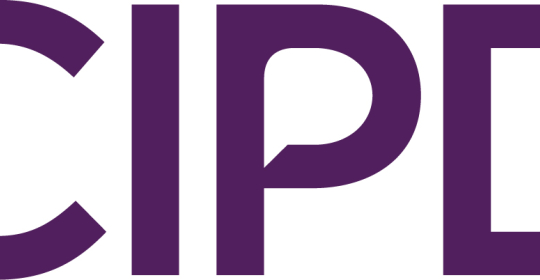After a 61 percent increase in March, the number of planned job cuts announced by American employers fell sharply in April to 38,326, 43 percent fewer than the 67,611 layoffs the previous month. The April job-cut figure is the lowest since July 2006 (37,178) and comes just two months after the previous low of 42,090 in February.
The report on planned job-cut announcements was released Wednesday by global outplacement consultancy Challenger, Gray & Christmas, Inc. It showed that April job cuts were 71 percent lower than the same month a year ago, when employers announced 132,590 planned layoffs.
So far this year, employers have announced 219,509 job cuts, 69 percent fewer than the 711,100 announced in the first four months of 2009. At the current pace averaging 54,877 job cuts per month, annual job cuts could end the year below 700,000 for the first time since 2000.
While overall job cuts are on the decline, downsizing in the government and non-profit sector continues unabated. These employers announced another 14,973 job cuts in April, bringing the year-to-date total to 76,773. That is 182 percent higher than the second-ranked pharmaceutical sector, which has announced 27,214 job cuts this year.
The retail sector, which announced nearly 80,000 job cuts in the first four months of 2009, has announced just 21,267 job cuts through April.
“We have not seen job cuts this low since before the 2001 recession. It is certainly a promising trend that suggests most employers are increasingly confident about conditions going forward and slowing the pace of job cutting. However, this does not necessarily mean a hiring boom is just around the corner,” said John A. Challenger, chief executive officer of Challenger, Gray & Christmas.
“Hiring is likely to increase in the coming months, but many employers are stubbornly slow to hire in the onset of an expansion. They will first do what they can to maximize the productivity of existing employees through measures such as upgrading technology and expanding the hours of part-time workers.
“Even when business conditions improve to the point where increased hiring becomes necessary, employers have a large enough labor pool to be extremely selective. The more selective they are, the longer it takes to fill open positions,” said Challenger.
“Of course, the government and non-profit sector is the one area that continues to struggle even as other segments of the economy enjoy the fruits of recovery. While the federal government remains relatively strong and is actually adding workers, state and local governments are under immense budgetary pressure resulting from a lethal combination of higher costs and shrinking tax revenue,” he said.






